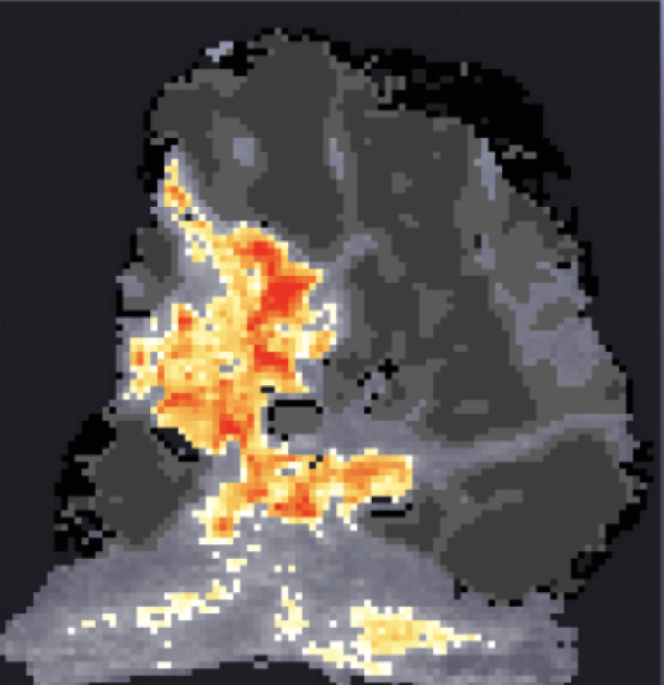1 of 8 Women
Will be diagnosed with breast cancer in their lifetime.
75%
Of those diagnosed with breast cancer will choose to undergo a lumpectomy.
1 in 3 Patients
Who choose surgery will have to return for an additional operation.
Previous
Next
Breast cancer is the most common cancer in the US among women, and surgery is the treatment of choice.
Improved screening methods have allowed breast cancer to be detected in its earlier stages, providing the opportunity for the less invasive and more rapid surgical procedure known as breast-conserving surgery (BCS) or lumpectomy. Three out of four women choose BCS because it preserves more tissue and leads to fewer complications and a shorter recovery period.









